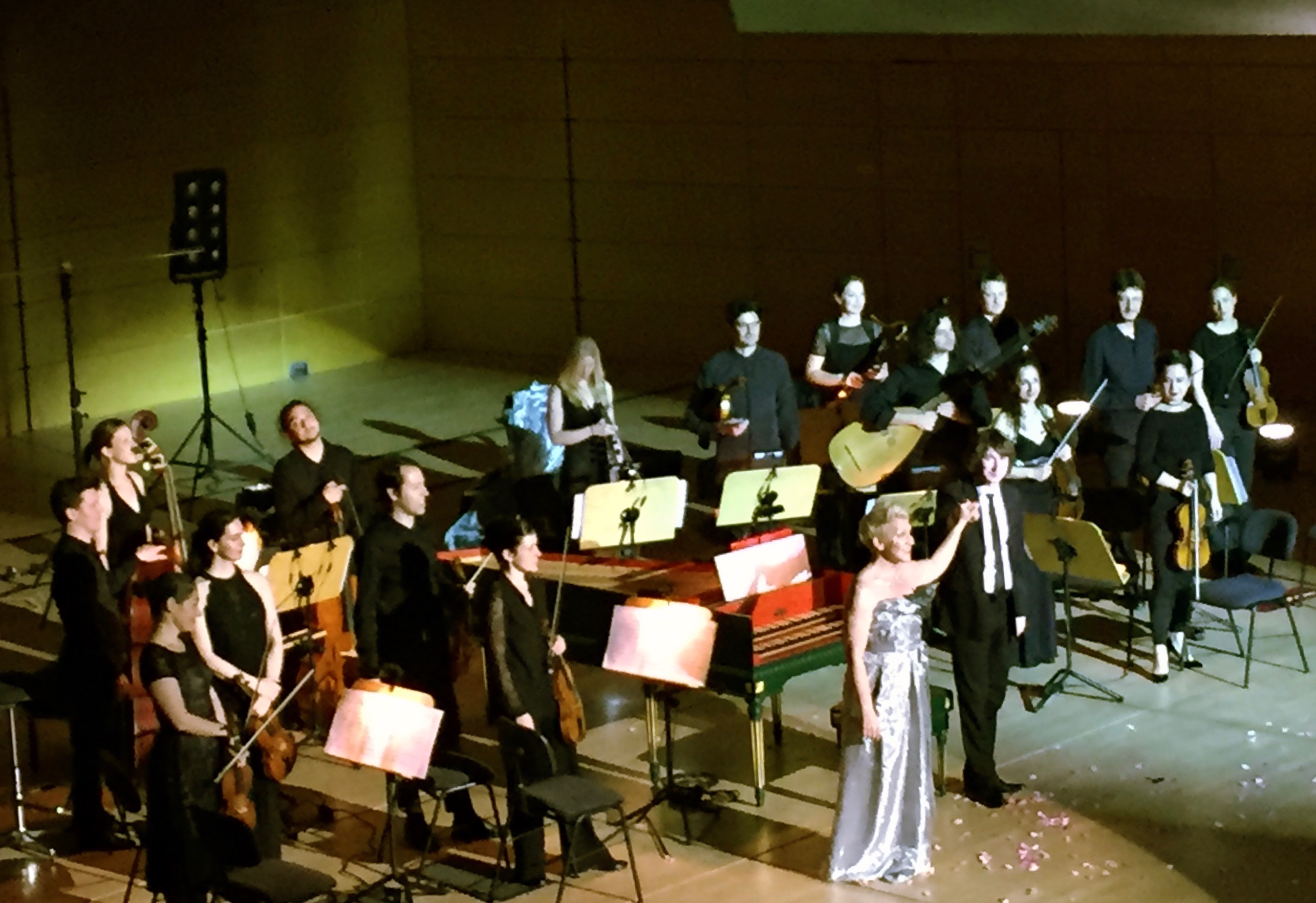
WAR AND PEACE IN HALLE, DIDONATO WINS
Händel Festspiele Halle 2018, 26 May, 2018 Georg-Friedrich Händel Halle Correct me if I am wrong, but surely the Kansas-born mezzo-soprano Joyce DiDonato is our generation’s biggest opera diva. On top of that a prima donna who doesn’t put on […]
